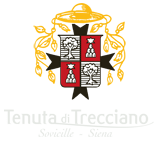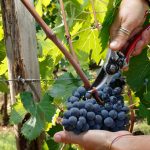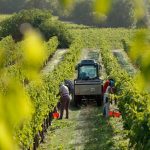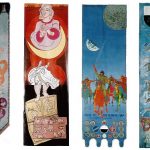When you are in Italy and, above all, abroad and you hear about Chianti, you instinctively think of the wine, but its history has always mingled with that of the territory where it is produced (the area including Florence in the North and Siena in the South). A fascinating history which is not easy to reconstruct.
The origins
Some historians derive the term “Chianti” from the Etrurian “Klante”, a noble name that was found in many inscriptions. In fact, Etrurians who were skilled farmers, had been the first inhabitants who settled around Castellina in Chianti around V century B.C. and first cleared the area of trees in order to cultivate vines.
Later on, also Romans continued to plant vines in the Chianti territory and the grape culture spread over the Middle Ages thanks to the work of the monks who lived in the abbeys. The term “Chianti”, particularly related to the geographical zone, appeared for the first time in a document dating back to A.D. 790. We have to go back to 1398 to find a document where this term seems to refer to the wine produced in this zone, even if we know that, at that time, Chianti was a white wine, very different from the red one that we all know today.
The historical evolution of Chianti wine and of its main variety: Sangiovese
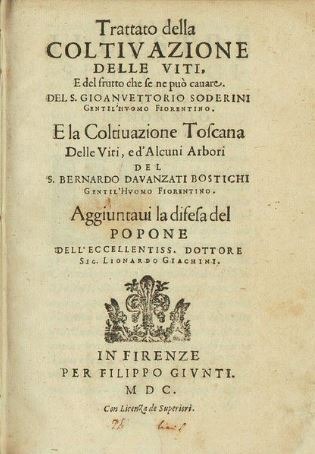
Only in XVIII century the term Chianti begins to be connected to the wine made from the traditional variety that is its basis: Sangiovese.
Giovanvettorio Soderini, in one of his treatises abot the Tuscan grape culture, published in 1600, mentions a
Sangiogheto for the first time. The root word of the term remains uncertain: it seems that it comes from the Latin words sanguis jovis, blood of Jove, a name used by the monks from Santarcangelo di Romagna (but Tuscans partly disagree with this theory).
Apart from etymology, the most recent researches (2004) about the DNA of Chianti variety point out a crossbreed between two varieties: Ciliegiolo (typically Tuscan) and … Calabrese from Montenuovo!
During ‘600 the trade of this wine intensifies and its popularity increases, till it becomes necessary to ‘protect’ its good name and to regulate its production: as a consequence, in 1716 the Grand Duke of Tuscany Cosimo III de’ Medici issues a notification where he fixes the boundaries of wine Chianti (which is equivalent to the area that we today call Chianti Classico) and the sanctions against its counterfeit. It is one of the first examples of disciplinary measures in the Italian history.
A further and important measure in the history of Chianti is owed to Baron Bettino Ricasoli who fixes the mixed vintage of Chianti: Sangiovese (70%), Canaiolo and Colorino (20%), Malvasia del Chianti and Trebbiano Toscano (10%).
The ups and downs of the trademark
At the beginning of 1900, the fame and international success of Chianti led to an extension of use of its trademark also outside the boundaries fixed in 1716. In this way, the producers of Chianti Classico decided to set up, in 1924, an Association for the protection of typical wines.
Afterwards, in 1932, a Cabinet order definitely regulated the production area of Chianti, dividing it into 8 zones: Classico, Rufina, Colli Aretini, Colli Fiorentini, Colli Pisani, Colli Pistoiesi, Colli Senesi, Chianti Montalbano.
Beyond the historical and ideological divisions, we can end up looking on the bright side of the question (in Italian we say ‘to see the full part of a half-filled glass’, which seems particularly relevant here …): fragmentation is also the sign of a great richness in varieties, even with some common basic features. A typical aspect of the Italian, and not only, wine-and-food culture.
Source:
Website of Consorzio Vino Chianti – www.consorziovinochianti.it
Website www.chianti.it
Gazzetta Ambiente n. 4/2013 – Antonella Anselmo – “L’economia a difesa del territorio e del paesaggio”
Sito web del Consorzio Vino Chianti Classico – www.chianticlassico.com
